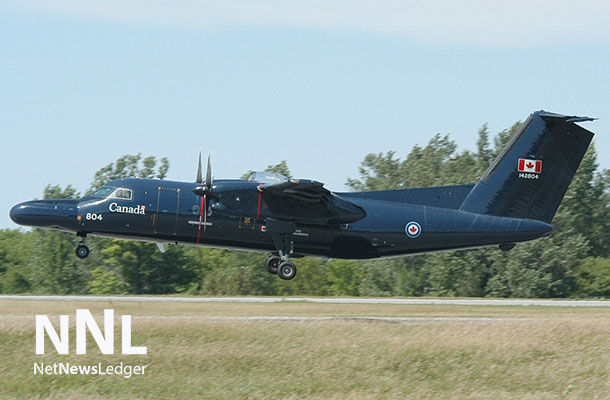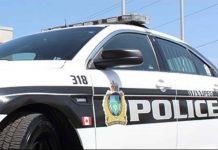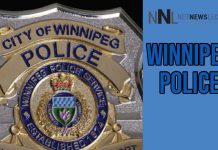
402 Squadron Training Moves Fast to Real Life
WINNIPEG – It was all about being in the right place at the right time. “The students themselves set up the expanding square search pattern. They actually did the navigation; they did a really great job,” commented Lt Col Brian Morrissette, CT-142 Aircraft Commander.
While conducting flight training in the vicinity of Sioux Lookout, Ontario, a CT-142 training aircraft from 402 Squadron, at 17 Wing Winnipeg, was asked by the Joint Rescue Coordination Centre in Trenton, ON, to locate an emergency locator transmitter (ELT) that had been detected by commercial traffic in their vicinity.
“We employ a crew concept on our aircraft; and even the students are part of the crew, so we used them to help with the search,” continued Morrissette, the CT 142 Dash 8 Aircraft Commander.
“They definitely cut a lot of time off the search” stated Capt Brian McAninch 435 Sqn Hercules Pilot talking about the CT-142 involvement in the mission.
It was at that time the Aircraft Commander, Lieutenant-Colonel Brian Morrissette, made the decision to cease the students’ training mission and conduct a search for the source of the ELT signal.
With the help of the Air Combat Systems Officer students on board the aircraft, the CT-142 crew was able to search by listening and homing into the strength of the signal − going east to west first then north to south, first at high altitude then at low altitude. They were eventually able to detect a strong signal and setup an expanding square search pattern from where the signal seemed strongest.
Unfortunately due to low fuel, the CT-142 had to call off the search before locating the source of the signal. By that time, a Search and Rescue Hercules from 435 Squadron arrived on the scene, and was able to take over the search.
Picking up where the CT-142 had left off, the Hercules spotted a downed aircraft within minutes of arriving on scene. The CT-142 was roughly ten nautical miles from the crash site before having to call off the search because of low fuel. If had not been for their effort and determination, the Hercules which was originally tasked to a location sixty nautical miles south of the crash site, would have had to spend that valuable time narrowing the search.
The Hercules was able to make contact with the lone crew member at the crash site and remained on scene until a Ministry of Natural Resource Helicopter from Dryden, Ontario arrived on the scene. The Ministry of Natural Resource’s helicopter picked up the lone crewmember, with no severe injuries, and was able to transport him to the Dryden hospital.
Quick Facts
Like all Royal Canadian Air Force flying squadrons, 402 Squadron can conduct search and rescue missions as a secondary search and rescue resource, but has no dedicated search and rescue capability.
Designed and produced in Canada, the CT-142 is a conversion of the popular Dash-8 airliner. It was adapted for navigation training by manufacturer Bombardier Inc. in the late 1980s.
The mission of 402 “City of Winnipeg” Squadron is to fly and maintain the Canadian designed and produced de Havilland Canada CT-142 Dash-8 trainer in support of 1 Canadian Forces Flying Training School (1 CFFTS).
402 Squadron’s tasks include the conduct of both Air Combat Systems Officer and Airborne Electronic Sensor Operator training flights, the maintenance and management of the Squadron’s four CT-142 Dash-8 aircraft and the operational training of Dash-8 aircrew and aircraft technicians.
435 Squadron is a 24 hour-a-day, seven day-a-week responsibility. One CC-130 Hercules aircraft is permanently equipped and dedicated for search and rescue missions. During working hours on weekdays, the search and rescue standby aircraft and crew are ready to respond within 30 minutes of being notified. At all other times, the response time is extended to two hours.
435 Squadron provides primary Search and Rescue response for the Trenton Search and Rescue Region, the largest in Canada, extending from Quebec City to the British Columbia/Alberta border and from the Canada/United States border to the North Pole.






